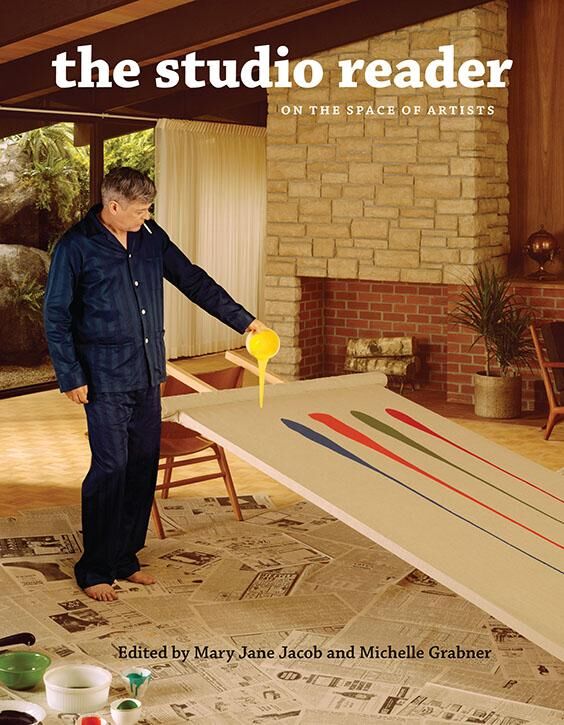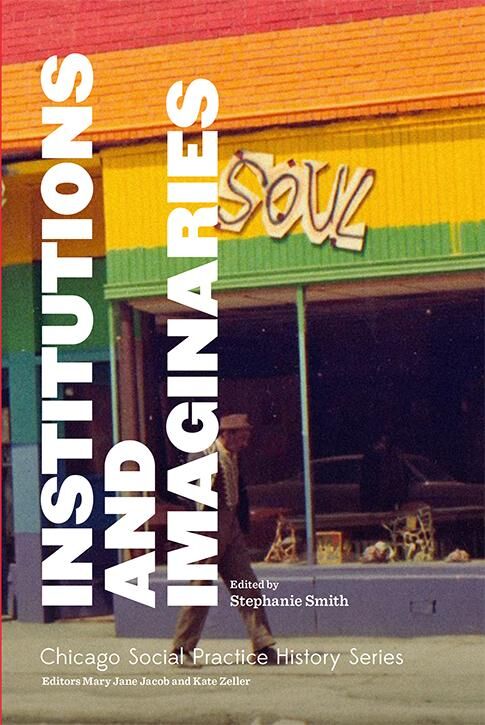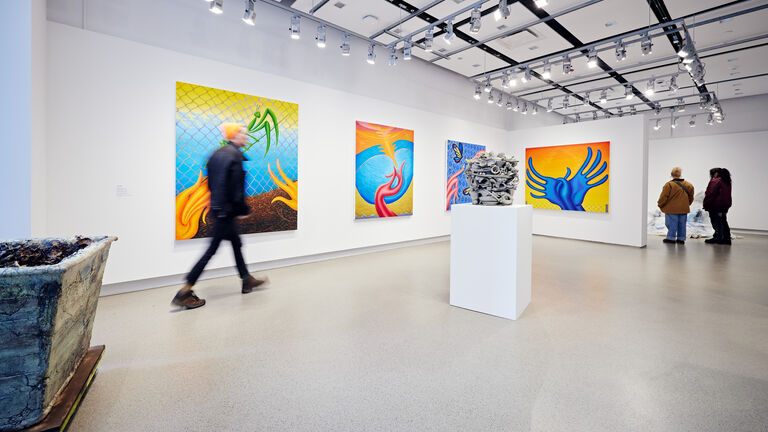
Publications
-
Image

How is art conceived, created, and experienced? How is it taught? How does the act of viewing a work make the viewer part of that work? Learning Mind: Experience Into Art (2010), edited by Mary Jane Jacob and Jacquelynn Baas, addresses these questions as it documents the changing practices in the making, teaching, and exhibition of art. Timely, multifaceted, and instructive, this groundbreaking volume explores the contemporary art experience and its expanding presence in society through lively essays, revealing interviews, and provocative conversations with some of the most influential artists and educators of our time. Featured artists include Magdalena Abakanowicz, Ann Hamilton, Alfredo Jaar, Kerry James Marshall, and Ernesto Pujol, along with designers Walter Hood and Bruce Mau. Contributing authors include curators Marcia Tucker and Christopher Bedford, art critics Michael Brenson and Jerry Saltz, art historian David Getsy, educators Ronald Jones and Lawrence Rinder, philosopher Arthur Danto, psychiatrist Mark Epstein, theorist W.J.T. Mitchell, and chef-educator Alice Waters. In demonstrating the role that art schools and universities play in the creative process, Learning Mind offers students, teachers, and readers new and vital theoretical texts as well as practical strategies for integrating art into our daily lives.
-
Evolving from the wider inquiry into the artist’s studio, SAIC co-published with the University of Chicago Press The Studio Reader: On the Space of Artists (2010). Edited by Michelle Grabner and Mary Jane Jacob, The Studio Reader pulls back the curtain from the art world to reveal the real activities behind artistic production. What does it mean to be in the studio? What is the space of the studio in the artist’s practice? How do studios help artists envision their agency and, beyond that, their own lives? This forward-thinking anthology features an array of contributors, ranging from Svetlana Alpers, Bruce Nauman, and Robert Storr to Daniel Buren, Carolee Schneemann, and Buzz Spector, each of whom locates the studio both spatially and conceptually—at the center of an art world that careens across institutions, markets, and disciplines. The Studio Reader reconsiders this crucial space as an actual way of being that illuminates our understanding of both artists and the world they inhabit.
-
Image
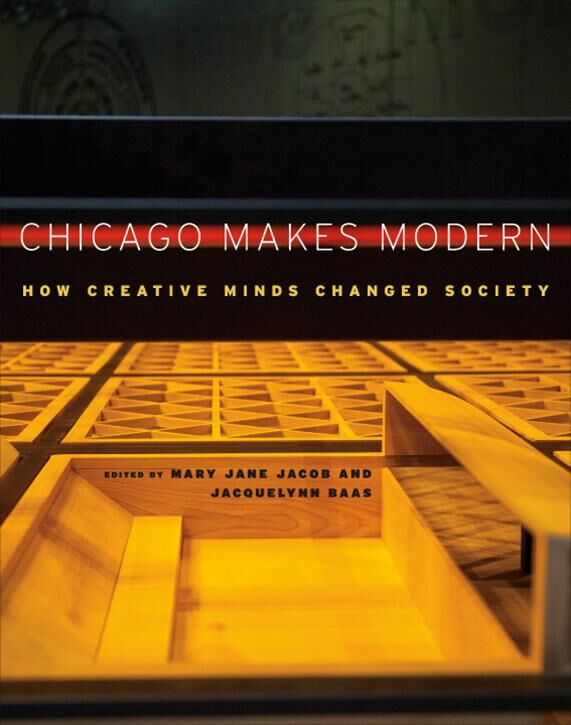
As a result of the research on history of modernism in Chicago—through collaborations, exhibitions, and programs—the anthology Chicago Makes Modern: How Creative Minds Changed Society (2012) was created. The publication brought together scholarship from various stages of the process, research that both led to the development of the various aspects of the modern program, as well as new knowledge that was cultivated in response. With contributions from an acclaimed roster of contemporary artists, critics, and scholars, Chicago Makes Modern remapped twentieth-century modernism from our new-century perspective by asking an imperative question: How did the modern mind—deeply reflective, yet simultaneously directed—help to dramatically alter our perspectives on the world and make it new?
Chicago Social Practice History Series
-
Image
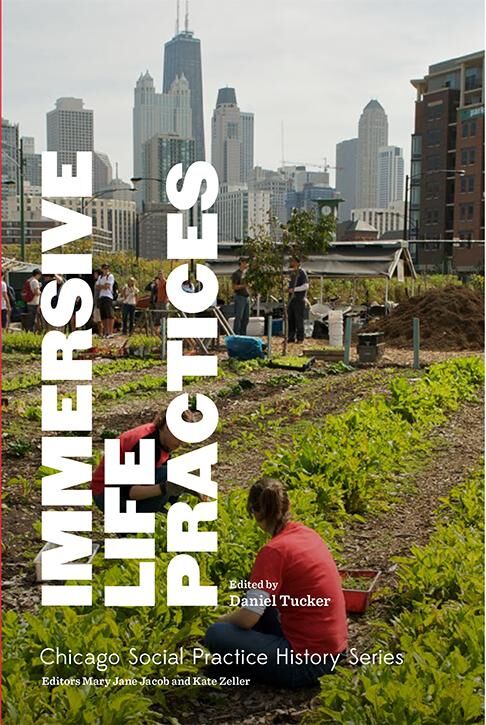
This series of four 225-page illustrated books (2014–15) was created as part of the research initiatives on the history of social practice in Chicago. The series examines for the first time Chicago’s thinkers and makers that have defined the intellectual and creative life of the city. With nearly 30 chapters each, these volumes locate Chicago’s critical social thought and practices within a history of modern urban change and its commensurate societal issues as played out in the complexities of its communities. The inspirational starting point is Jane Addams and John Dewey, with the mission to recall movements and collectives in the 20th century, and the need in the fields of art, architecture, and design to recognize Chicago’s present-day committed practitioners. The series offers a depth of geographic and historical context for the continued work around social design, including education, housing, food, ecological urgency, prison reform, and more. Volumes include: Art Against the Law, edited by Rebecca Zorach, Immersive Life Practices, edited by Daniel Tucker; Institutions and Imaginaries, edited by Stephanie Smith; Support Networks, edited by Abigail Satinsky; and A Lived Practice, edited by Mary Jane Jacob and Kate Zeller. The series is published by the SAIC and distributed by the University of Chicago Press. The volumes were also made possible through grants from SAIC’s Earl and Brenda Shapiro Center for Research and Collaboration, Graham Foundation for Advanced Studies in the Fine Arts, and Elizabeth Firestone Graham Foundation.
-
Image
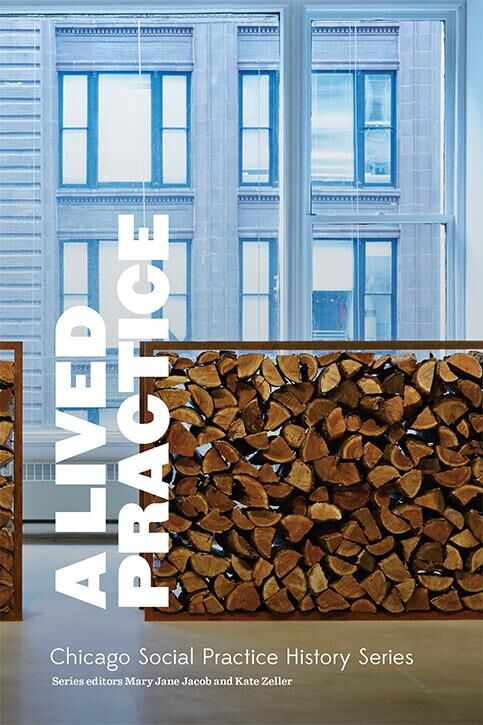
As part of the Chicago Social Practice History Series, A Lived Practice (2015) examines the reciprocal relationship of art and life: Artist-practitioners are shaped by their experiences, and they in turn create and enhance the experience of others. Based on the symposium held at the School of the Art Institute of Chicago in 2014, this volume is intended to spur new thinking in the field of socially engaged art practice. Contributors, including Lewis Hyde, Ernesto Pujol, Crispin Sartwell, and Wolfgang Zumdick, address essential questions about what is art and who is the artist, and also explore how artists can lead meaningful lives.
-
Image
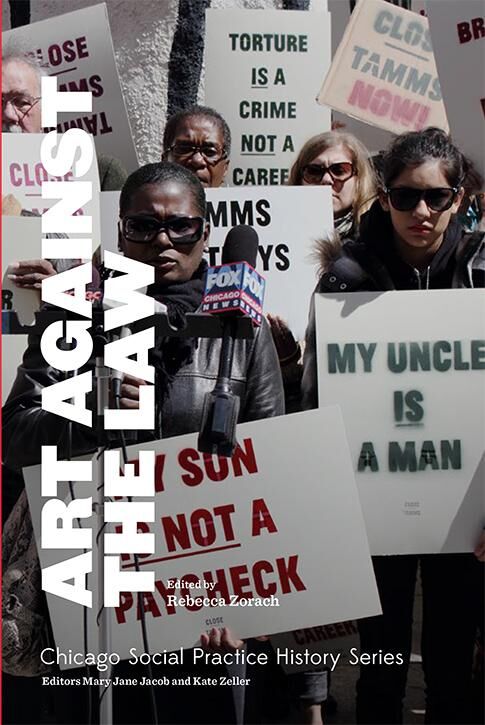
In 1968, Chicago made headlines for the ferocity of its police response to protesters at the Democratic National Convention, prompting outrage in the art world. Some artists pulled their shows from the city and called for a boycott until the mayor left office. But others responded artistically, creating new works and even full exhibitions in reaction to the political and social issues raised by the summer’s events. Despite the city's sometimes notorious political and social history, art practices that challenge authority have thrived in Chicago. Art Against the Law (2015), edited by Rebecca Zorach and part of the Chicago Social Practice History Series, examines the creative tactics of the city’s activist artists and their ways of addressing the broad definitions of the law—from responses to excessive policing to inequities in public policy. These include creative forms of protest, rebellion against the law through illegal art practices, and using the political system itself as an art medium to alter existing laws. The essays and conversations in this volume also address the boundaries between art and creative activism and question whether lines should be drawn at all. Through these texts and interviews, Art Against the Law proves that creative imagination can be formidable in challenging the status quo.
-
Socially engaged art, though its transformative practice, shapes the institutions that surround it. And in a city famous for both its physical and political structures, few creative communities are as deeply intertwined with a city’s framework than those in Chicago. This volume focuses on how artists and others have worked with, within, and sometimes in opposition to large Chicago institutions, such as public schools, universities, libraries, archives, museums, and other civic bodies. Drawing from a broad range of interdisciplinary sources, it explores the far-reaching effect of socially motivated art on urban life. It grounds recent history within a longer arc of civic self-fashioning, from the Columbian Exposition of 1893 to Jane Addams’s Hull House to John Dewey’s legacy in arts education. The collection also examines the relationship between the city’s image and the types of artistic work that flourish within its boundaries and resonate far beyond them.
-
Image
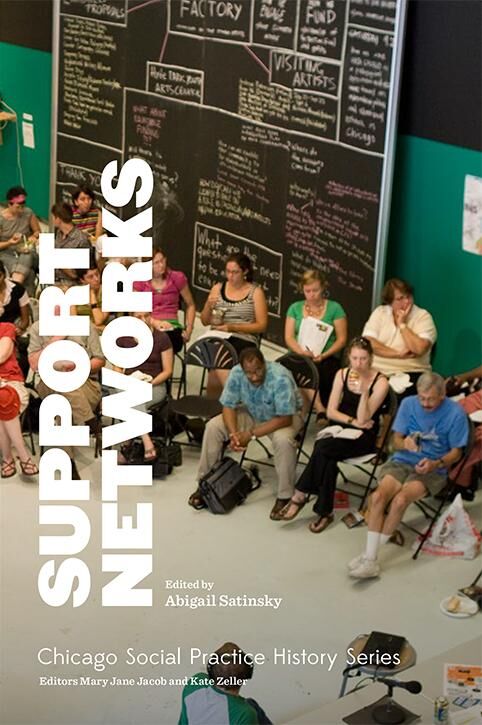
When artists break boundaries of traditional forms and work outside of institutionalized systems, they often must create new infrastructures to sustain their practices. Support Networks looks to Chicago’s deeply layered history of artists, scholars, and creative practitioners coming together to create, share, and maintain these alternative networks of exchange and collaboration.
The contributors to this collection explore how the city continues to inform and shape contemporary cultural work and the development of informal organizations. Many of the authors are contributors to the scene themselves, having envisioned, founded, and activated these new ways of working. The unconventional systems explored in Support Networks call attention to stories and experiences often overlooked in this history. Ranging from artists’ reflections to essays, interviews, and ephemera, these perspectives challenge existing narratives and foreground underrepresented voices. Through more than twenty-five diverse examples of community building, activism, and catalytic projects, readers will find the inspiration they need to build their own counter-institutions.
-
Image
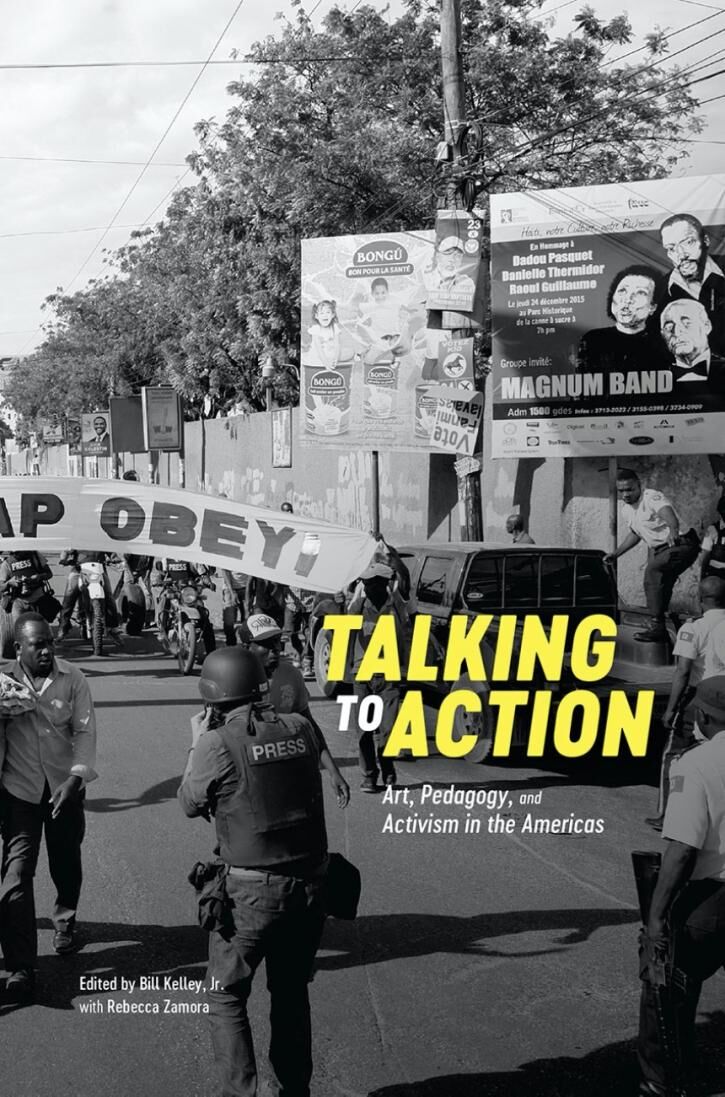
Talking to Action: Art, Pedagogy, and Activism in the Americas is the first publication to bring together scholarship, critical essays, and documentation of collaborative community-based art making by researchers from across the American hemisphere. The comprehensive volume is a compendium of texts, analysis, and research documents from the Talking to Action research and exhibition platform, part of the Getty’s Pacific Standard Time: LA/LA initiative, a far-reaching and ambitious exploration of Latin American and Latino art in dialogue with Los Angeles. While the field of social practice has had an increasingly high profile within contemporary art discourse, this book documents artists who have been under-recognized because they do not show in traditional gallery or museum contexts and are often studied by specialists in other disciplines, particularly within the Latin American context. Talking to Action: Art, Pedagogy, and Activism in the Americas addresses the absence of a publication documenting scholarly exchange between research sites throughout the hemisphere and is intended for those interested in community-based practices operating within the intersection of art, activism, and the social sciences. Spanish language edition.
